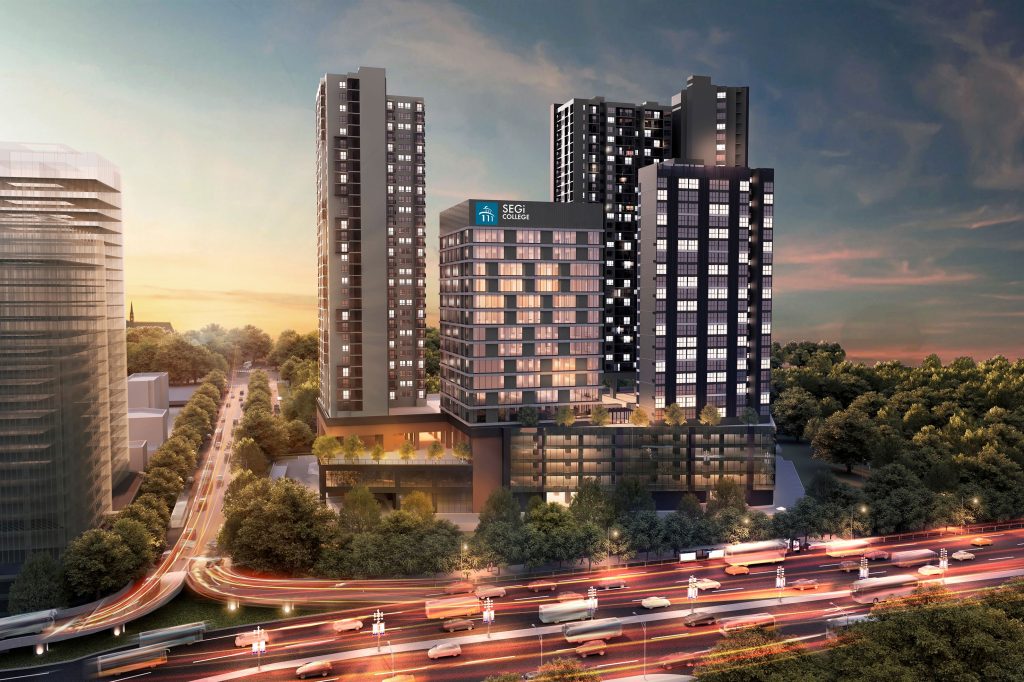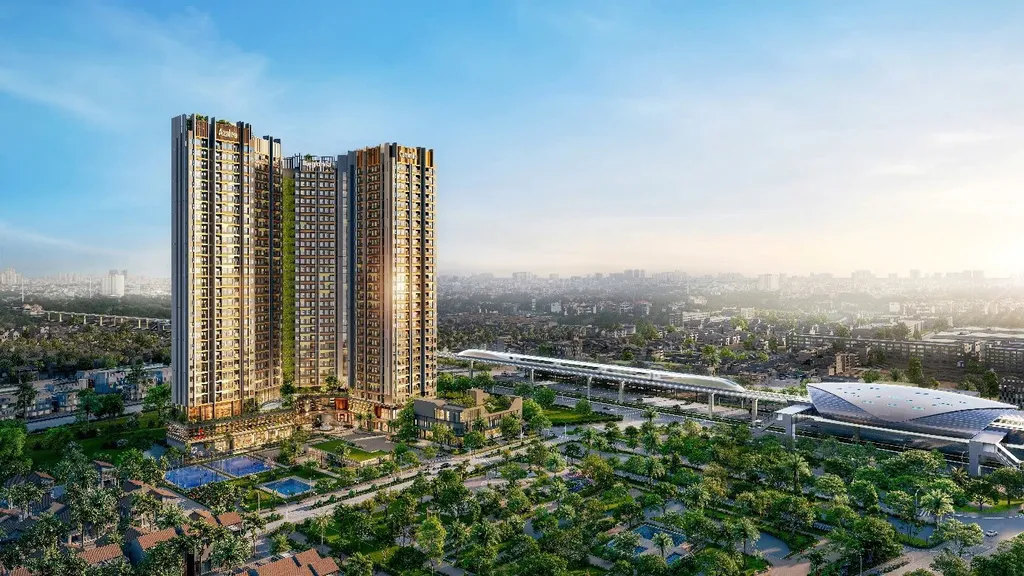Those of us living in small apartments have most likely experienced some deficiency in space that can negatively influence moods as well as rental rates
All it takes to fix this is some forethought, planning, a day’s effort, and some consistent habits.
Pick the right furniture
It all begins with your furniture. You might have your personal preferences, but it definitely pays to go minimalist when working with a small space.
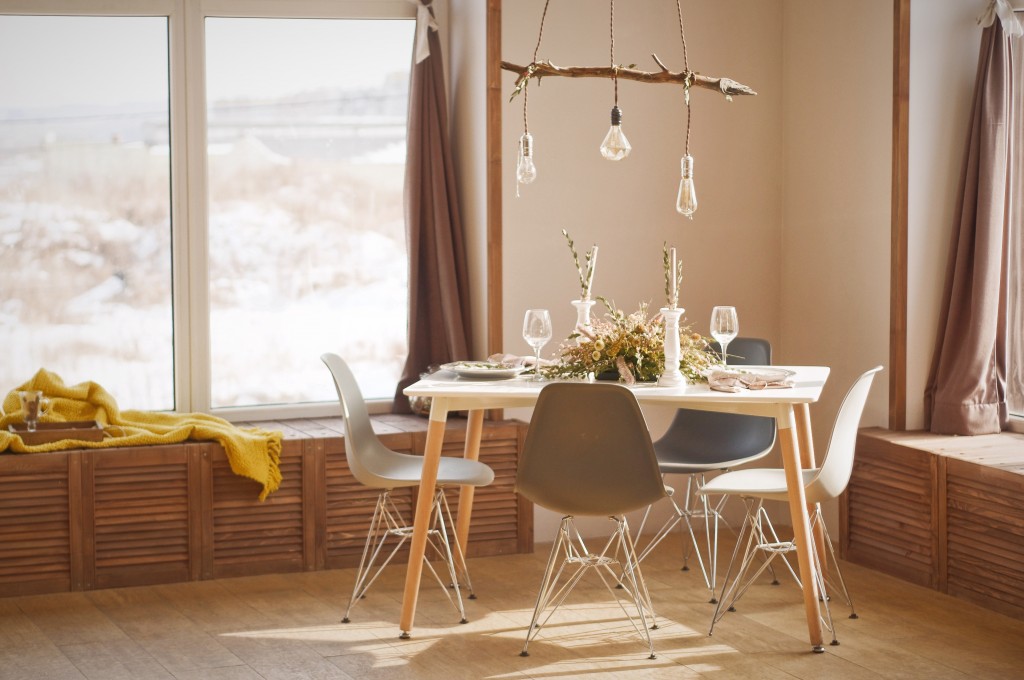
The Eames side chairs are of such an iconic and prevalent minimalist design that you’ve probably sat in one recently. Photo by Daniil Silantev on Unsplash.
Minimalism is one of the few objective art styles that prioritise practicality over self-expression with slim profiles, simple geometry, and neutral shades – features that will help to accentuate your physical and perceived space.
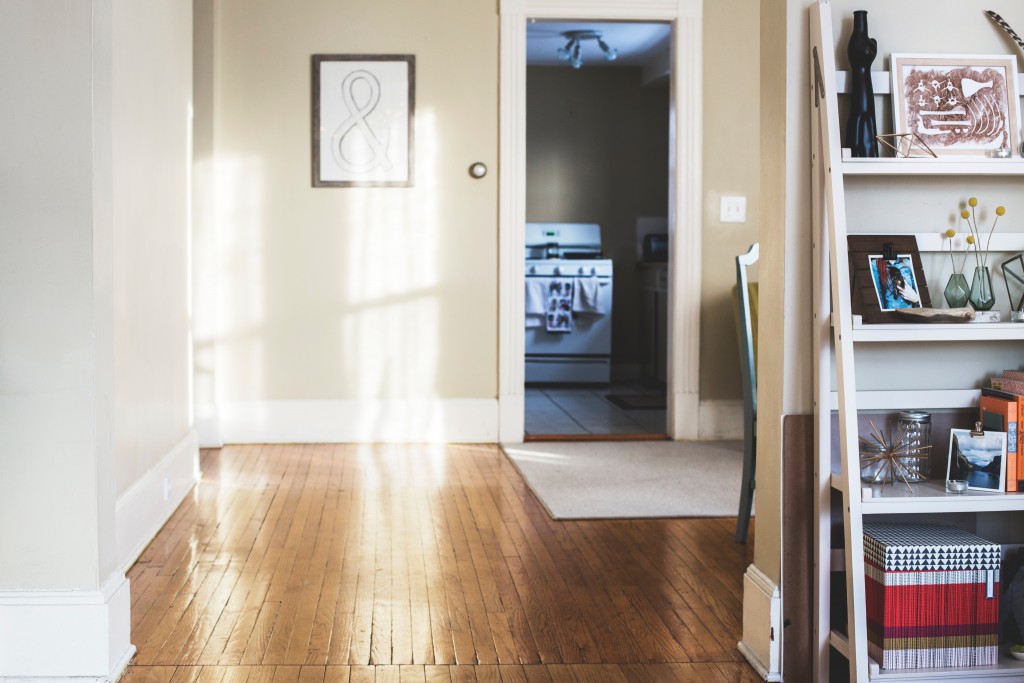
Everything doesn’t have to be minimalist, but greater sacrifices such as colour uniformity and fewer surrounding details are necessary to balance against the visual weight of details from older art styles. Photo by Kari Shea on Unsplash.
If you’ve maximised all the physical space you can, you could also maximise the perceived space to accentuate the size of your home using tricks of geometry and light.
Rely on rectangles
The mathematical packing puzzle is more of a problem when you’re seeking to optimise space with circular objects – which is why you’re better off with a rectangular table instead of a circular one when space is limited. You can put a rectangular table against a wall, and it doesn’t look weird as weird.
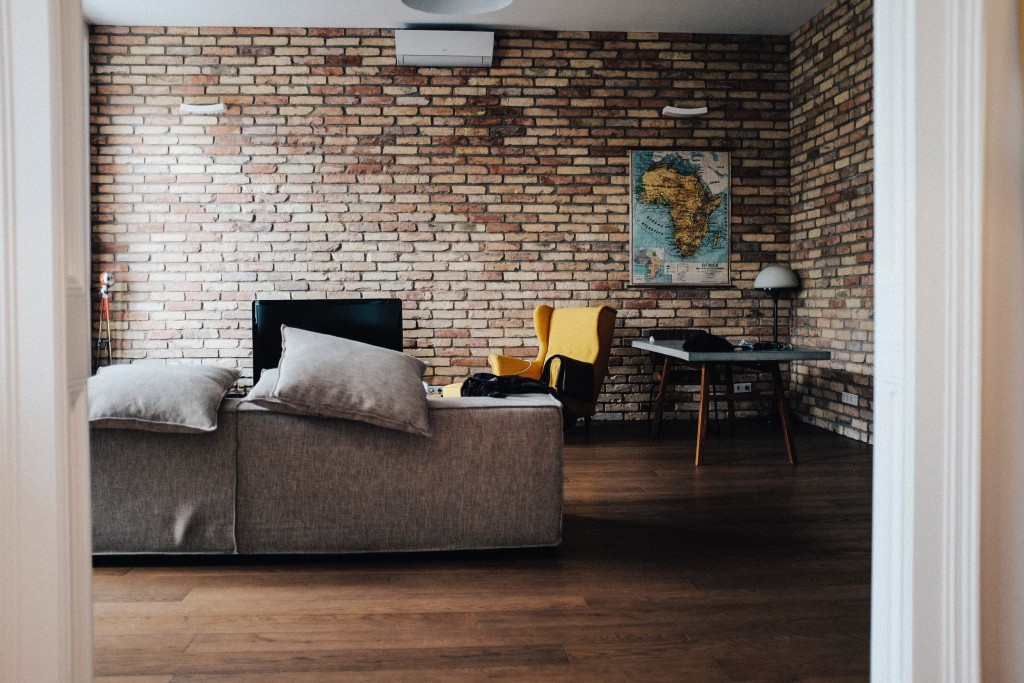
The long rectangles in this brick wall also make the space seem wider. Photo by Justin Schüler on Unsplash.
At a higher ratio of length to width, a rectangular table looks better than a circular table in a small room and provides more surface area above the floor for the temporary placement of objects.
KonMari your place
Keep things off the floor and opt for furniture that show off the floor as much as possible to maximise the perceived volume of a small room. Think “savannah” rather than “jungle”.
For reasons that relate to how we navigate through natural environments, a clearly visible horizon accentuates the illusion of a large space, and a busy floor tends to diminish any sense of spaciousness.
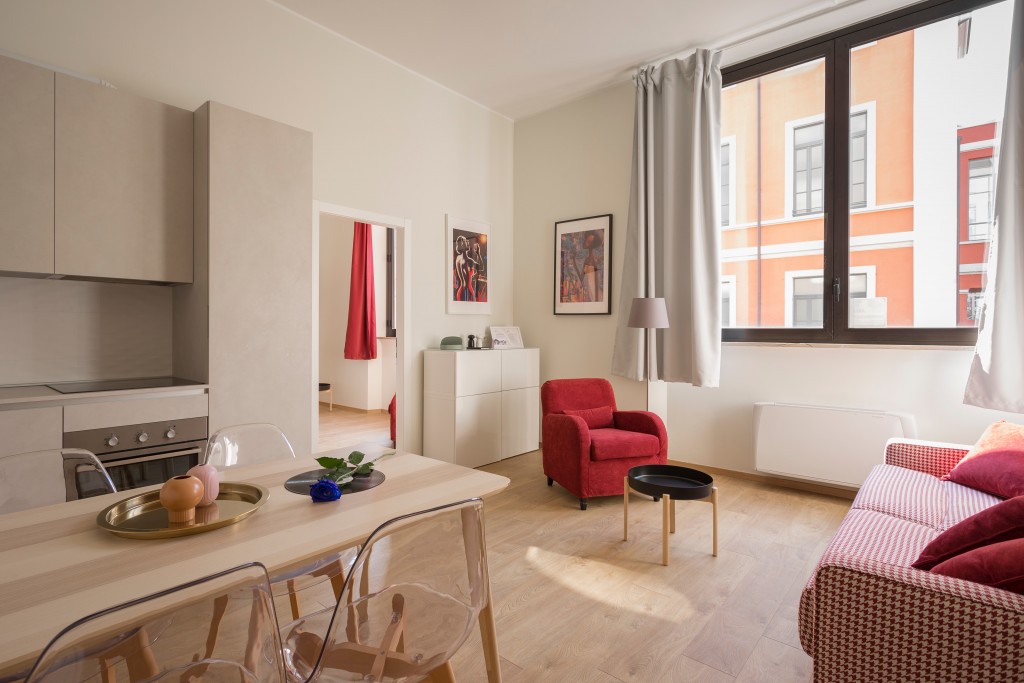
The various furnishings of matching shades and the clear Eames-inspired side chairs help to keep the horizon intact. Photo by Deborah Cortelazzi on Unsplash.
Perception begins with stimulation, then organisation, interpretation, and finally, memory encoding and recall. A messy floor, overly stuffed shelves and busy-looking wall decorations diminish the sense of free space with an overabundance of stimuli demanding visual attention.
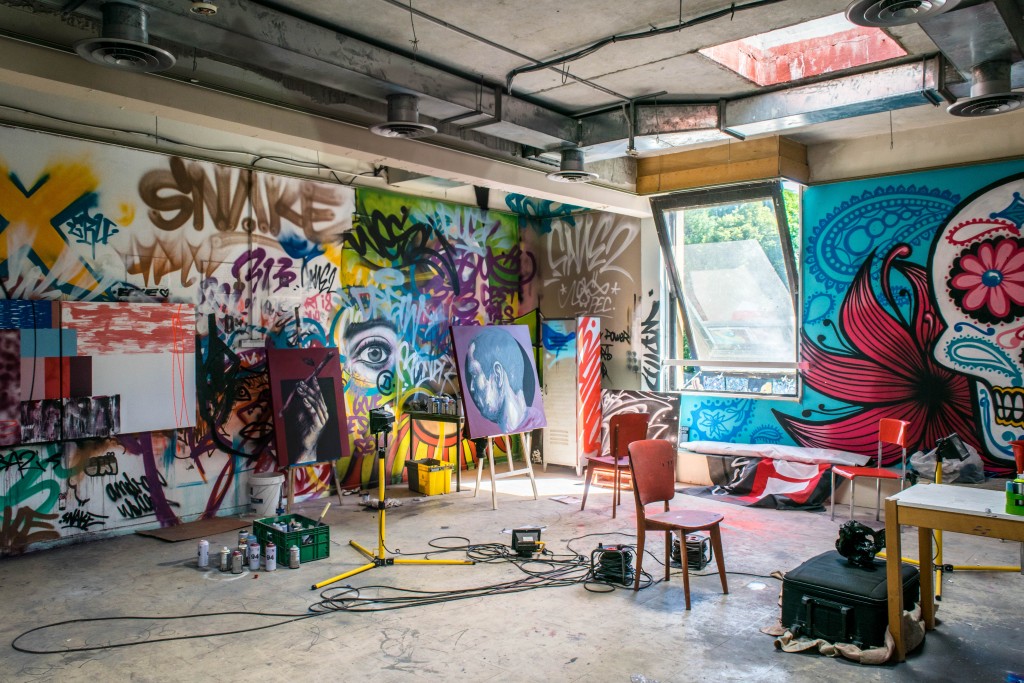
This art studio is actually huge, but for a number of various reasons, you’d assume there’s only space for one person to live here. Photo by Matthieu Comoy on Unsplash.
Let one hue dominate
In the same vein of how we mammals perceive our environments, letting one light hue be the main shade of your room creates a sense of uniformity and greater volume in a small space.
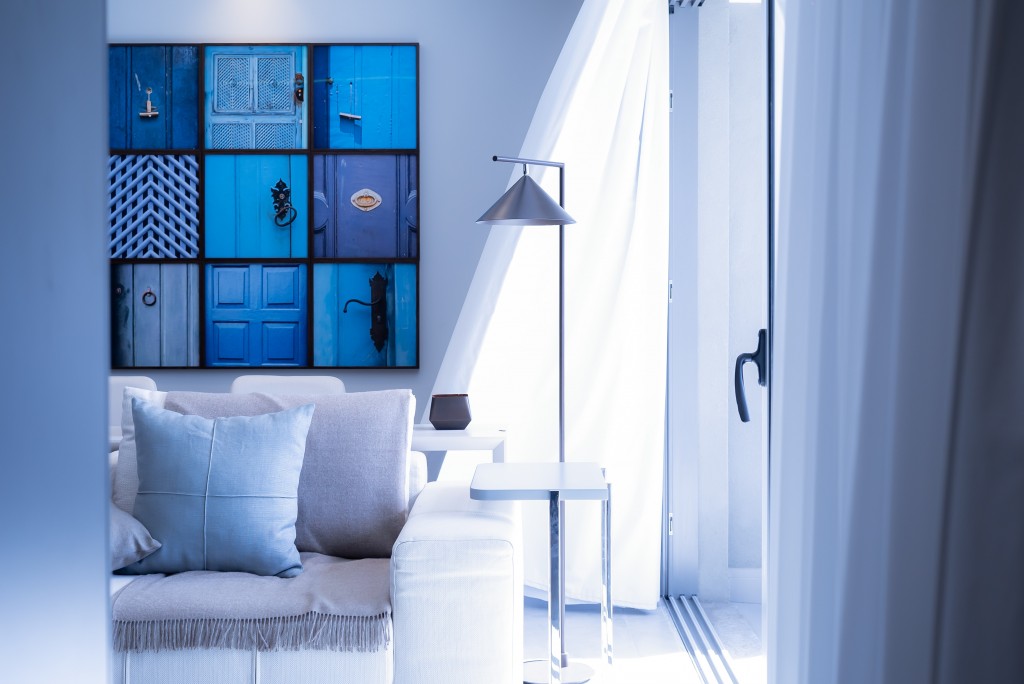
Photo by Vinicius Amano on Unsplash.
Be reserved in the number and size of objects you choose to accent with brighter colours, and stay light or neutral as much as possible to counter the room-shrinking effects of shadows.
Read on for more big ideas for small spaces and 10 interior design tricks to transform small spaces
Disclaimer
This article is intended to convey general information only. It does not constitute advice for your specific needs. This article cannot disclose all of the risks and other factors necessary to evaluate a particular situation.
Any interested party should study each situation carefully. You should seek and obtain independent professional advice for your specific needs and situation.
Stay ahead of the crowd and enjoy fresh insights on real estate, property development, and lifestyle trends when you subscribe to our newsletter and follow us on social media.











